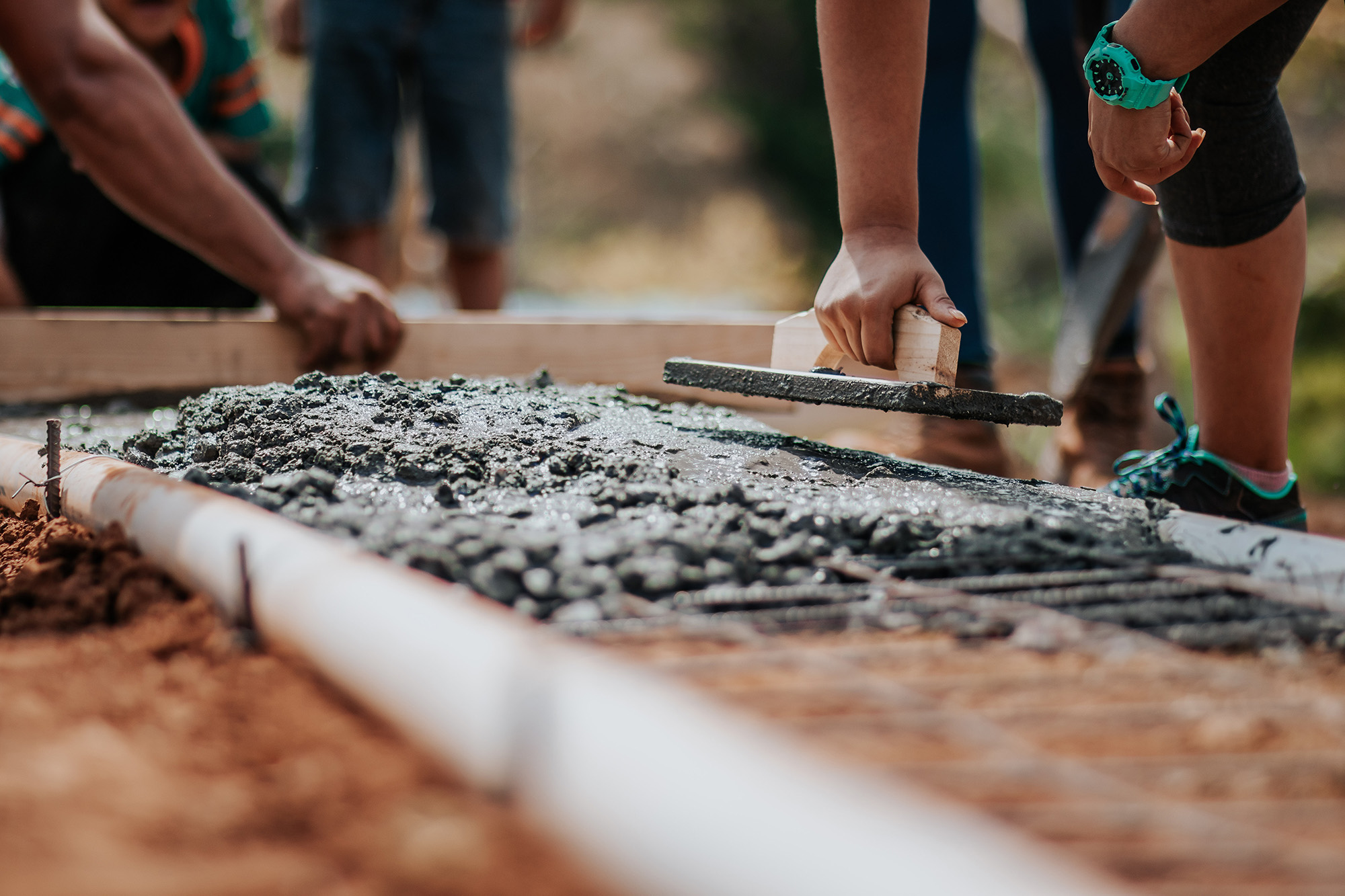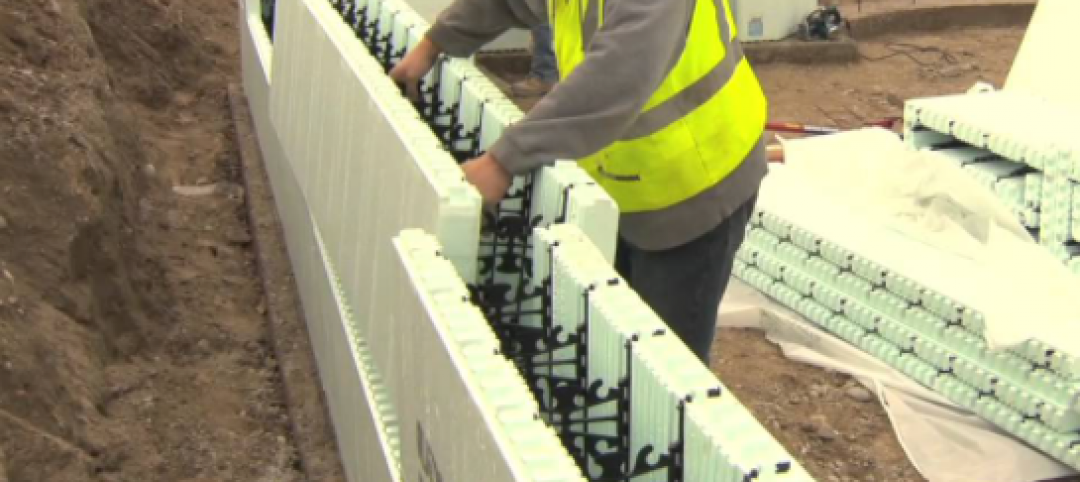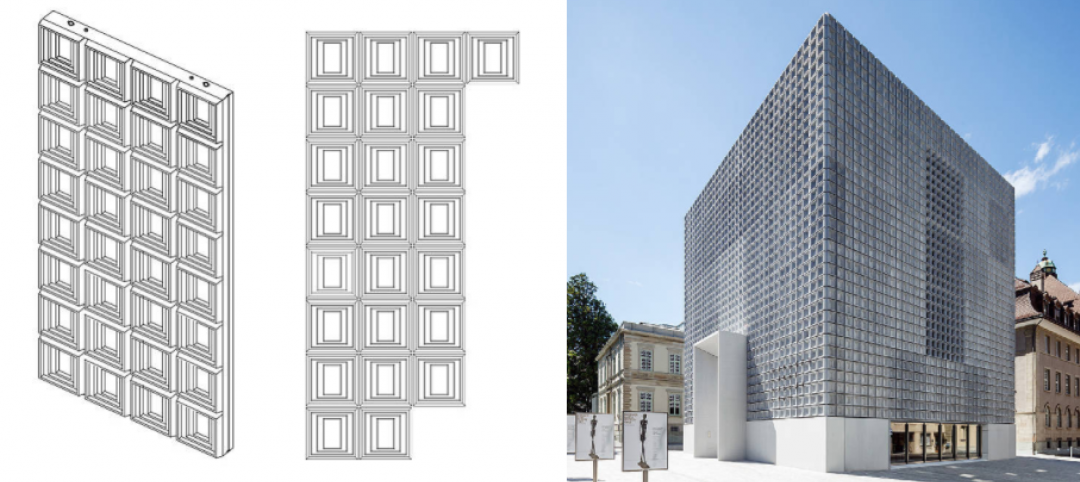Researchers are making significant strides in reducing embedded carbon in concrete, but public policies have been slow to adopt this more sustainable option, according to Matthew P. Adams, an associate professor and co-director of the Materials and Structures Laboratory at New Jersey Institute of Technology.
Knowledge and technical data about greener concrete must be more widely dispersed to government decision-makers and industry to foster increased adoption of sustainable concrete, Adams says. “Building codes at the local, state, and national level are slow to permit the use of new technologies in building materials, despite extensive strength and durability testing,” he says.
“Many public agencies and engineering companies are afraid to embrace new methods without strong proof of their long-term durability and performance in real-world applications,” Adams says. But, making “accessible, easily digestible information” about the performance of greener concrete options, how best to specify these materials, and what materials are locally available to policymakers does have an impact, he notes.
For example, officials in the Village of Hastings-on-Hudson, N.Y., committed to promoting the use of low-carbon concrete materials in building and infrastructure projects. They backed up new policy with education and support to the construction industry about low-embodied carbon concrete. These efforts led to multiple local projects built with more environmentally friendly concrete including sidewalks and a new elementary school.
The town’s success led to other New York communities passing similar resolutions. The New York State Legislature subsequently passed the Low Embodied Carbon Concrete Leadership Act to advance the use of greener concrete statewide. Such public policy actions will be needed to take full advantage of the promise of more sustainable concrete materials devised in labs, Adams says.
Related Stories
| Aug 11, 2010
Suffolk Construction Company acquires William A. Berry & Son
Suffolk Construction Company, New England’s largest construction company announced today that they have acquired William A. Berry & Son (Berry), the second largest construction company in the region. The two companies, both with deep New England roots and successful track-records, combined will have more than 1,200 employees and projected revenues of $2 billion.
| Aug 11, 2010
AIA Course: Building with concrete – Design and construction techniques
Concrete maintains a special reputation for strength, durability, flexibility, and sustainability. These associations and a host of other factors have made it one of the most widely used building materials globally in just one century. Take this free AIA/CES course from Building Design+Construction and earn 1.0 AIA learning unit.
| Aug 11, 2010
AIA Course: Historic Masonry — Restoration and Renovation
Historic restoration and preservation efforts are accelerating throughout the U.S., thanks in part to available tax credits, awards programs, and green building trends. While these projects entail many different building components and systems, façade restoration—as the public face of these older structures—is a key focus. Earn 1.0 AIA learning unit by taking this free course from Building Design+Construction.
| Aug 11, 2010
Tall ICF Walls: 9 Building Tips from the Experts
Insulating concrete forms have a long history of success in low-rise buildings, but now Building Teams are specifying ICFs for mid- and high-rise structures—more than 100 feet. ICF walls can be used for tall unsupported walls (for, say, movie theaters and big-box stores) and for multistory, load-bearing walls (for hotels, multifamily residential buildings, and student residence halls).
Concrete | Aug 11, 2010
8 Innovations That Will Rock Your Next Concrete Project
If you think you've seen it all when it comes to concrete construction, then you haven't sat down with Blaine Brownell. The architect-turned-blogger-turned-author has become the industry's foremost expert in everything that is unconventional and provocative in the building products field. For the past eight years, this LEED Accredited Professional, BD+C “40 Under 40” winner, and vis...
| Aug 11, 2010
Great Solutions: Products
14. Mod Pod A Nod to Flex Biz Designed by the British firm Tate + Hindle, the OfficePOD is a flexible office space that can be installed, well, just about anywhere, indoors or out. The self-contained modular units measure about seven feet square and are designed to serve as dedicated space for employees who work from home or other remote locations.









